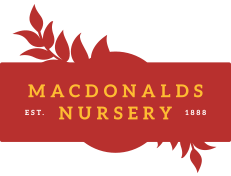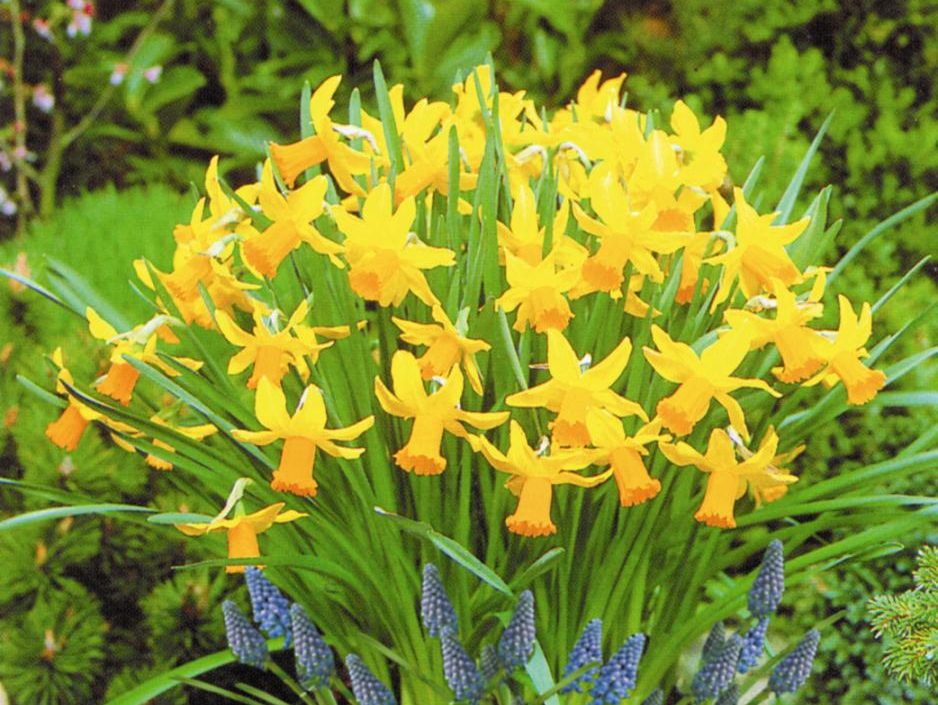Bulbs for Spring
Now is the best time to buy and plant your spring flowering bulbs. Daffodils, tulips, hyacinths and freesias are only a few of the large range available
Bulbs are easy to grow almost anywhere and are one of the most popular plants to have in the garden. They can be slotted in among other plants, planted in clumps, pots, troughs or other containers.
The flower is already within the bulb ready to grow and bloom. All you have to do is to plant it by mid-June and they’ll reward you in just a few months with flowers that let you know spring is here, or at least is just around the corner.
Although they look delicate in flower, bulbs are tough and waterwise. They are well suited to the Bendigo area with winter early spring rain and dry summers, as they grow in the cooler months and die back by summer.
How to plant bulbs
Choose an open planting site where the bulbs will receive sun for at least half a day, preferably longer. There are a few that will grow well in shade but most like sun. All bulbs also like good soil conditions, so dig over your soil with manure or compost such as Zoo Gro or Moo Poo before you plant. Add a small amount of Plants Plus All Purpose Fertiliser to the bottom of the hole and cover it with soil so the bulbs are not sitting direct on the fertiliser.
Bulbs look best planted in clumps rather than rows. The depth of planting depends on the size of the bulb, but it is usually two or three times the diameter of the bulb. Plant with the pointy end up, except for ranunculus and anemone, which have the claws or points facing down. The other exception to the rule are those bulbs which are not fully buried when planted such as belladonna lily, hippeastrum and lycoris are planted with the neck of the bulb out of the ground.
Water in well using Seasol or Maxicrop after planting, but don’t water again until leaf shoots appear. Once there is 2 to 3 cm of growth out of the ground, fed again with Plants Plus All Purpose Fertiliser. You should also feed when the bulbs are in flower, and lastly as the flowers are dying down so that next’s years flowers develop for you.
Potting up bulbs
• Plant bulbs in pots a little more shallowly than you would in the soil.
• Use Plants Plus Terracotta & Tub potting mix with added Plants Plus All Purpose Fertiliser.
• Crowd the bulbs together so that you have a pot full of colour when the bulbs are flowering.
• Fill the pots to within 3cm of the rim – water well and drain.
• Water sparingly until leaf shoots appear; feed monthly with Debco soluble plant food.
• After you have planted your bulbs plant some pansies or violas so you have colour in your pot while the bulbs are growing. The bulbs will grow through the annuals and you’ll have a beautiful tiered display.
• Enjoy your bulbs inside while they are flowering.
• After flowering it is best to plant them into the ground so as the bulb can develop ready for next year
Routine care
Once leaf shoots appear water regularly and deeply, but do not keep wet.
After flowers have finished, cut them off, but leave the stems and don’t cut back the foliage. If the leaves are removed before the plant has time to grow its reserves, it will not flower the following season. Fertilise with Plants Plus All Purpose Plant Food and wait until the leaves begin to die off naturally. This may take two to three months.
Lifting
If your climate suits the bulbs they will not need lifting every season. Only lift every two or three years when the bulbs are dormant and because growth becomes congested and flowering declines.
Discard any damaged or soft or rotted bulbs and allow the rest to dry in a cool, airy spot. When dry, brush off the excess soil and store in net bags or old stockings.
Some bulbous plants such as freesias produce quite a lot of seed if spent flower stems are not cut off. You can collect the seed or allow them to self-sow. Seedlings may take three years or more to flower and may not be true to type.

